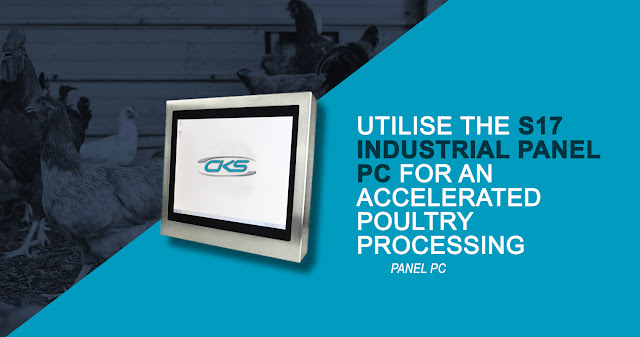The World of Projected Capacitive Touchscreen & Its Technology
Touch screens have become commonplace in our daily lives due to their use in almost all the electronic devices we use. The projected capacitive touchscreen (PCT) is one of the latest technologies in that front. It is a system that accurately tracks touches and also features multi-touch capabilities. The screen only responds to fingers or stylus pens because it works by responding to changes in electromagnetic fields.
The Different Structures Involved in a PCT
A matrix of rows and columns of highly conductive material is layered on sheets of glass make up the screen. The surface detects touch when a stylus pen or finger comes into contact with the screen as this changes the electromagnetic field and capacitance of the system. This change is pin-pointed and then transformed to locations on a particular grid to ascertain the placement of the touch. It consists of four layers that include the top transparent and conductive metallic coating, an adhesive spacer, another transparent and conductive layer, and finally a glass mounting on the backside.
The Benefits of using PCTs
The use of projected capacitive touchscreens is particularly useful because of their high optical clarity. Additionally, they offer reliability, especially in high-temperature environments where other display types fail easily. The screens work in virtually all light settings due to their imperviousness to light and resistance to damage caused by snow, rain, and dust. Cleaning the screens is simple because they are resistant to dust and water. Their response to touch is also swift and smooth. PCTs work well even when their surfaces are broken or scratched.
The Common Uses of PCTs
The numerous advantages of the screens make them popular in many areas. For instance, almost all modern smartphone screens feature their use for display and input purposes. Other applications of PCTs include ATMs, ticketing machines, outdoor kiosks, and tablets.
The Different Structures Involved in a PCT
A matrix of rows and columns of highly conductive material is layered on sheets of glass make up the screen. The surface detects touch when a stylus pen or finger comes into contact with the screen as this changes the electromagnetic field and capacitance of the system. This change is pin-pointed and then transformed to locations on a particular grid to ascertain the placement of the touch. It consists of four layers that include the top transparent and conductive metallic coating, an adhesive spacer, another transparent and conductive layer, and finally a glass mounting on the backside.
The Benefits of using PCTs
The use of projected capacitive touchscreens is particularly useful because of their high optical clarity. Additionally, they offer reliability, especially in high-temperature environments where other display types fail easily. The screens work in virtually all light settings due to their imperviousness to light and resistance to damage caused by snow, rain, and dust. Cleaning the screens is simple because they are resistant to dust and water. Their response to touch is also swift and smooth. PCTs work well even when their surfaces are broken or scratched.
The Common Uses of PCTs
The numerous advantages of the screens make them popular in many areas. For instance, almost all modern smartphone screens feature their use for display and input purposes. Other applications of PCTs include ATMs, ticketing machines, outdoor kiosks, and tablets.

Comments
Post a Comment